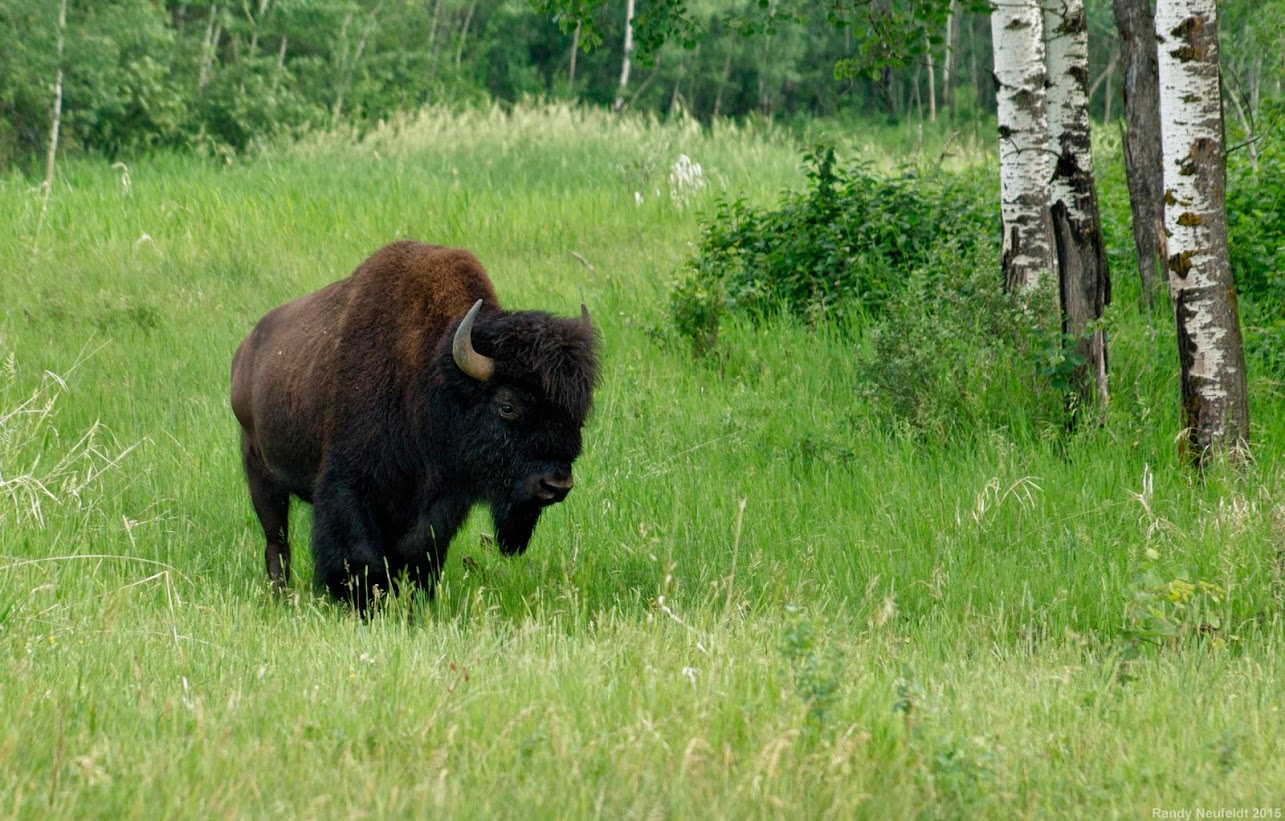Symbols of strength and determination, bison are Ice Age survivors. Clearing away snow and brush with their massive heads, they weigh up to 2,000 pounds and can run up to 40 miles per hour. Once numbering 30-60 million in North America, their numbers were decimated in just a few decades as expansion pressed westward. No other species on Earth has declined so quickly. Several Native American tribes are working with WWF to grow bison numbers once again across vast grasslands under their management.
Why they matter
Historically bison were the dominant grazer on the Northern Great Plains landscape. This dominance shaped the landscape by affecting the pattern and structure of the grasses and vegetation that grew. Expansive areas of native grasslands allowed animals to flourish along with many species of other prairie wildlife.
Genetics
An overall population of just over 20,000 bison managed as wildlife in North America and small herd size among them contributes to ongoing loss of genetic diversity. Therefore long-term conservation of existing diversity is at risk. Early 20th century experiments to interbreed bison and cattle with the goal of producing heartier livestock has also had an impact on population viability. At present, there are only believed to be two public bison herds that have not shown evidence of interbreeding with cattle to date; Yellowstone NP, and Elk Island National Park in Canada. Conservation groups have been working hard to establish additional herds elsewhere to safeguard these valuable genetics should a catastrophic event (e.g. disease outbreak) threaten these source herds.
Social & political support of Bison reintroduction
A limited constituency for public bison herds in rural regions of the plains where opportunities for restoration on intact grasslands at scale are most feasible makes a universal strategy for reintroduction challenging. In addition, there is narrow support for restoring bison as wildlife within the sporting community because broad exposure to bison as wildlife has been limited over the past century. Both affect progress in the political arena. For this reason WWF seeks opportunities with partners and communities who embrace the reintroduction or expansion of bison populations including Tribes and National Parks.
STATUS: Near Threatened
POPULATION: 20,504
SCIENTIFIC NAME: Bison bison bison
WEIGHT: 701 to 2,000 pounds
LENGTH: 7-12 ft.
HABITATS: Grasslands
Source: World Wild Life
Link to this article








Add a comment